Do you want to know How to recover your website from Google algorithm update? It was never been an easy task to recover your site. As we all know that Google is very clever. Often, it’s very clear about what is acceptable under the Google guidelines of use.
So, if you are one of that person who breaks the Guidelines, it’s time for a wake-up call.
Well, Google is continuously evolving its algorithm. And if you are doing anything wrong means out of their Guidelines. Then, definitely, you are going to penalize.
Reading this all, few of our readers asked how we will come to know that our website has been penalized? Quite easy, If your website ranking and web traffic are continuously dropping. Then it means you have been penalized by Google.
Thus, this is what we are elaborating here! Keep reading…
Has Your website Been Penalized by the Google?
Once you are aware of that your website has been penalized. The very first thing you need to do is find out the fact which is the cause of penalizing.
Fortunately, there are only two facts to look into Manual Penalty and the Algorithm Update Penalty.
- Manual Penalty
A manual penalty is very simple to identify. Thus, when Google’s spam algorithm gets flagg by something you have on your site.
Then, Google can determine to apply a manual penalty and it usually comes accompanied by the message you receive. Hence, to find out if this is the reason for dropping your site ranking.
Go to webmaster tool which is also known as “Google Search Console” nowadays to check out the penalty notifications.
- Algorithm Update
Keep everything optimized, Google continues to release updates. This is very bad things for you since even the smallest changing can cause traffic dropping. Which may lead to the low ranking of your website.
Another bad news is Google algorithm updates don’t come with the Google Search Console notification. It means that these are too tough to detect not that much. Detect if your site is penalized with a manual penalty if not then you can understand that it is an algorithmic penalty.
Thus, your work is to identify the type of algorithmic penalty. To do this, I correlate the time period of the new update and the time period in which I suddenly lost the website traffic.
Detecting the Algorithms Update
Usually, when the algorithm change is made, you will be able to find information from Google head of webspam “Matt Cutts.”
But if Google is being secretive, you may usually find the heated debates. And talk on the popular Search Engine website and forums to determine why the update was made. However, If you have seen a noticeable drop in your website traffic or even received any manual action.
Then you will likely be able to find the account of update in the Moz Algorithm change timeline. Here, you may be enabled to make the pretty accurate diagnosis of any algorithm update.
Google’s Well Known Updates
Here, we are with the Google’s Well Known Updates which are as follows:
1. Panda Update
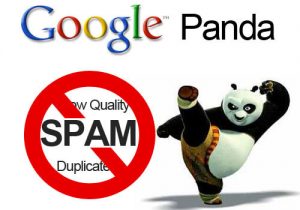
Google Panda Update is made for reducing low or poor quality contents. From the sites which were appearing at high in the Search Engine Result Pages. And to boost the web pages with high-quality content.
This raises a question as what do we mean by low or poor quality web content? It somehow means unrelated web content, spinning in the content, not complete information, this includes web pages that were created just to increase the number of website pages.
Stuffed content with keywords, duplicate or scraped web content, etc were the main reason for updating. Now, let’s get cracked!
How to Recover from Google Panda Penalty?
Actually, it’s not a penalty often people still think the same. However, In the term of effect, the Panda score or downgrade hurts your web traffic.
As it were a manual action type penalty. The difference is that with Panda you have to fix whatever is wrong. Whereas, with the manual action, you have to fix what is wrong and file the reconsideration request.
Well, assuming that your website was hit by the Google Panda. Thus, how would you know about it? It is not like Google has released any tool that says, “This web page received a negative score from Panda algorithm”.
Lots of marketers have asked Google for such a tool. You may believe it or not, Google actually does have the internal dashboard that shows its engineers which website pages have been downgraded by the Panda.
They may not know why Panda disliked the web page, but they know which web pages were hurt. Or they could know what led to the Panda downgrade. Since you can’t see what Google can see you have to shoot in dark. But here is something that has genuinely worked for us in the past:
- Clean the sitewide navigation {less is better}.
- Remove page clutter like widgets, ads.
- Remove Pagerank sculpting.
- Improve the Page Layout to present the ideas more clearly.
- Refresh the written post means to rewrite the content.
Last option is not good because of its weakest approach. Google’s quality algorithms update reward many poorly or low quality written articles on the Wiki sites. So basic grammar and idiom tend not to be issued with the Panda. They might be, but it is hard to identify betting everything on a rewrite of the web content.
2. Penguin Update
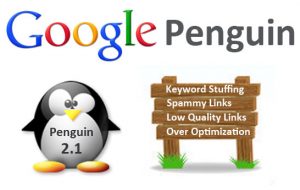
Similarly to Google Panda update, Penguin was release to negatively impact low-quality sites in SERPs, while benefiting high-quality sites.
However, the only difference being, Penguin is catered more towards spammy link building and other known black-hat SEO practices.
Thus, If you avoiding the penguin penalty, you will desist and cease from these practices which are as follows:
- Links Schemes Unrelated Content.
- Guest blogging strictly for SEO.
- Using Hidden Text and Cloaking.
- Duplicate and Scraped Content.
- Comment spam.
- Keyword stuffing.
Now, let’s get cracked!
How to Recover from a Penguin Penalty?
Assume that you will have to analyze the anchor text distribution on your site to recover from the penguin penalty. Now the question arrives How do you do this?
You can use the href account and go to the “backlinks report” tab. This tab is located on top of the web page. And it is the spot where you can enter your website address. After that, you need to click the “overview” tab. And look for the anchor text distribution on the bottom of this page.
However, a general distribution would include targeted keyword variations, naked URLs, brand name keywords, etc. The Penguin hits the sites in which anchor text distribution contains the matched keywords only.
Often, use the “backlinks” tab on the left side of the page to identify the source of anchor text and get the list of referring domains.
3. Pigeon Update
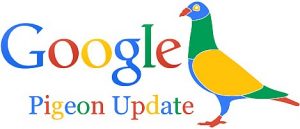
The Google Pigeon update uses distance and the location ranking parameters to deliver the improved local search results.
Increase and decrease rankings from the Pigeon updates are much less severe than the Penguin and the Panda updates. But it is still important to keep in your mind for your website.
Now, let’s get cracked! How to work with that.
How to Recover from Pigeon Algorithm Update?
The Pigeon focuses on the localized results. Hence, the best process to recover from a drop of the web traffic is too sure that your website is properly optimized for the local search. And how do you do this?
Have you verified the account with the local directories, like Google Place, Yahoo, Yelp! Yellow Page, Facebook etc. Is each of these accounts optimized for your business address, industry, and the relevant descriptions?
However, if you do receive a comment, reviews, pictures etc. From the local directories especially from the Google Plus can really help to boost the search rankings.
4. Hummingbird Update
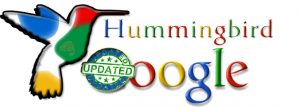
While Panda and Penguin were the changes to a part of the algorithm. However, the hummingbird is the new algorithm.
Well, it is made of more than two hundred factors. That can affect the ranking of a site as well as searches. Often, it allows Google to ascertain exactly what a user wants. When they exactly enter their query into a search engine.
Therefore, it is very important for your website to create content that the Hummingbird Algorithm will scan favorably.
How to Recover from a Hummingbird Penalty?
Unfortunately, this will not be a quick fix. However, It is all about to deliver the useful content. Thus, the way for your site to recover is to change the delivery content. Hence, it may align with the product or service you are offering.
Further, we bought two strategies that will help you recover from a Hummingbird penalty, which is as follows:
- Overcome to your audience and think what their vital requirement is. Often, thinking about how an audience member or client will enter into a search engine to find your business.
Thereafter, you need to have a look at keywords that would be the primary search for your clients.
- The second strategy is, reduce the bounce rate and increase engagement by creating content. Which solves your client’s problem or encourages them to interact with your page.
However, you may be adding imagery or a gallery of images that show your lamp featured in beautifully styled interiors on your website.
5. Mobile Friendly Algorithm Update

Mobile usage has seen explosive growth over the past years. Well, a decade thanks to smartphones and a vast improvement in the cellular connections.
Thereout, by recognizing the shift in mobile usage. Google decides to bring an update to this which was named Mobile Friendly Algorithm Update. However, it was an update to make mobile-friendliness a ranking factor.
Now, let’s get cracked! To how to overcome from it.
How to Recover from a Mobile Friendly Algorithm Update Penalty?
The very first thing you need to do is Mobile-Friendly Test from Google. Just to determine if your website is optimized for the mobile devices.
However, if your site is not optimized for mobile devices. Then, Google recommended configuration is a responsive design which is based on a grid layout. Which dynamically adjusts to fit all the screen resolutions.
Thus, if your website is not yet mobile friendly. It means you are likely losing traffic in the mobile search results. Hence, by meeting all the requirements, your website will be re-crawled and indexed.
6. Payday Loan Update
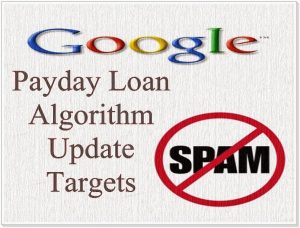
Payday loan algorithm was created to deal with the highly spammy search queries. Much like the terms payday loan.
Matt Cutts, head of Google’s Search Spam, announced this on Twitter. By saying we just started a new ranking update for some of the spammy queries.
Now, let’s get cracked! How to overcome from this update.
How to Recover from a Payday Loan Update Penalty?
If your website has been hit by a payday loan penalty. Then it is possible that your site has ended with spam.
So, have a look at the terminology on your website, if it includes anything highly spammy sounding. However, you may find its notification in your e-mail spam folder or on pop-up windows from the 90s.
Thus, it’s time to eliminate and rectify this issue.
7. Pirate Update
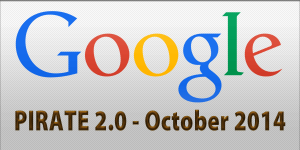
Likely, the algorithm update takes the DMCA (Digital Millennium Copyright Act) request against the offending website’s.
However, Google Private Update is to prevent you from all kinds of sinister and dodgy sites. Those sites which pirate the content. Often, misuse the trademarks from other sites, appearing higher in search results than the genuine sites.
Now, let’s get cracked! How to overcome from this update. Which raise a question as:
How to Recover from a Pirate Update Penalty?
If you think pirate updates (file sharing, ugg boot site owners – I said wrong) have affected your site unfairly. Then, here is what I suggest you do.
- Firstly, check if your site has a DMCA takedown request submitted against it. Often, known as Transparency Report.
- Further, you may talk to the complainant and can try to work out a way forward. After that, ask for a written notice of compliance that you can pass on to Google. And by this, you may overcome/recover your website.
8: EMD (Exact Match Domain) Update

This update says if your domain name has your targeted keyword then your ranking in SERP will be dropped after this update.
Very often, Matt’s has mentioned a term low quality. But neither he nor any other Google official has provided much information about it. However, being very clever Google has released this update on 28th Sep 2012 “Friday night.” Because people will not be able to see its effect until Monday or Tuesday.
Now, let’s get cracked! How to overcome from this update as:
How to Recover from an EMD update penalty?
Thus, if your site has been penalized by this update. Then, you must follow out the key points which are as follows;
- Strong Backlink Profile: I’ve seen many domains that have exact match domain keywords. But they have not been affected by Google EMD changes. There is a strong reason that I can see for them that they have a strong backlink profile for their domain.
- Tweak Your Targeted keywords: As of EMD is heavily influencing those sites which contain exact keywords in their domain name. Hence, it is time to tweak your targeted keyword.
- Start a supporting blog for your product or service: Avoid Google EMD conditions on your blog. So that you can target your keywords without being penalized by Google. You must write content related to your main product or service.
9. Top Heavy Update
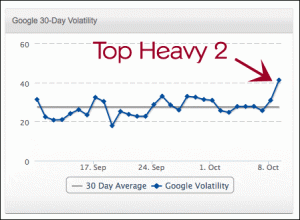
Google top heavy update was made in Jan 2012. However, this update was made to avoid sites that were “top heavy” with advertisements from positioning well in Google search listings.
The top-heavy is updated repeatedly. Thus, at the time when a top-heavy update is made. Websites that have evacuated extreme advertisements may recapture their lost ranking.
Now. let’s get cracked! How to overcome this update as:
How to recover from a top-heavy update penalty?
It is not difficult to recover from this update. But you may have to wait till the next update rolls. Till then work on your web pages and try offering the best experience to users.
Often, finish all the ads in the top fold and rearrange the page layout according to Google’s scheduled course of action. Well, FATbit has a dedicated team of Google recovery experts. Who master search engine facts. And are well versed in the webmaster guidelines.
Thus, follow out a systematized plan of action to fix the errors. And your site will be recovered from the very update.
10. PageRank Update
Pagerank is Google’s arrangement of tallying votes. And figuring out which pages are the most critical in view of Google.
Often, these scores are utilized alongside numerous other things. Just to figure out whether a page will rank well in search or not. Well, some experts find the PageRank as a metric. That is out of date and deprecated now.
Whereas, they suggest the marketers to not waste time on them. Now, let’s get cracked!
How to recover from a PageRank update penalty?
However, Google came with its last Toolbar PageRank update on 5/6 December 2013. After that, Google declared that PageRank is something we have not updated for more than a year.
And we are probably not going to update it again, at least the toolbar version. Hence, you need not think much about this updation.
Conclusion
Here, in this blog, we have discussed How To Recover Your Website From Google Algorithm Update.
Often we concluded its layout, its definition, penalty facts, and the well-known update from the same in details. They do add value to any blog post. And, this leads to the end of the blog.
We hope this blog helped you. However, if you found the blog useful, do not forget to use the comment section provided below. Also, share the blog with your peers. You are on your way to getting more exposure.

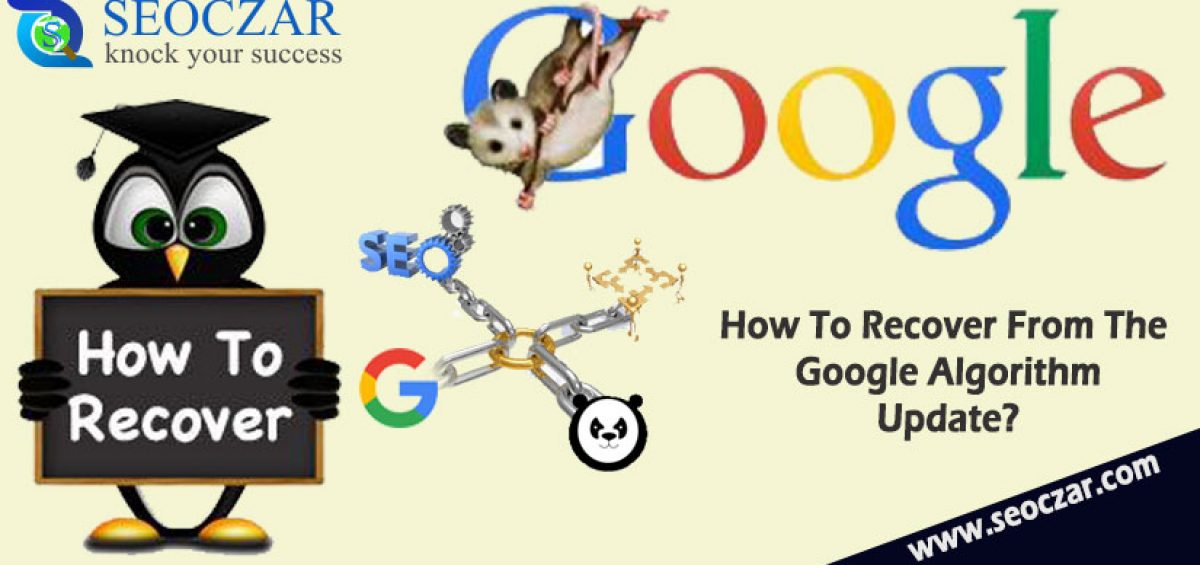
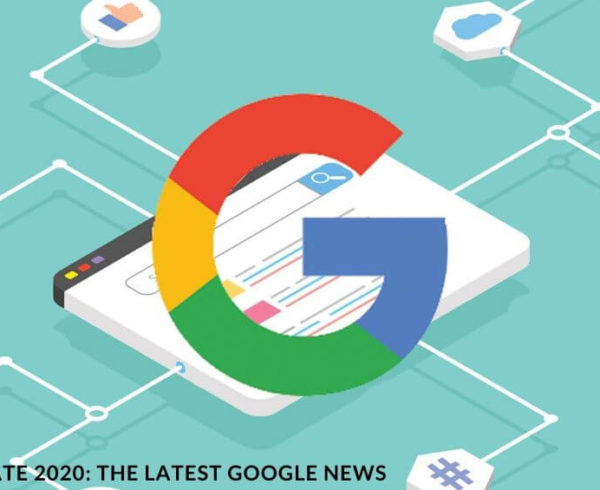
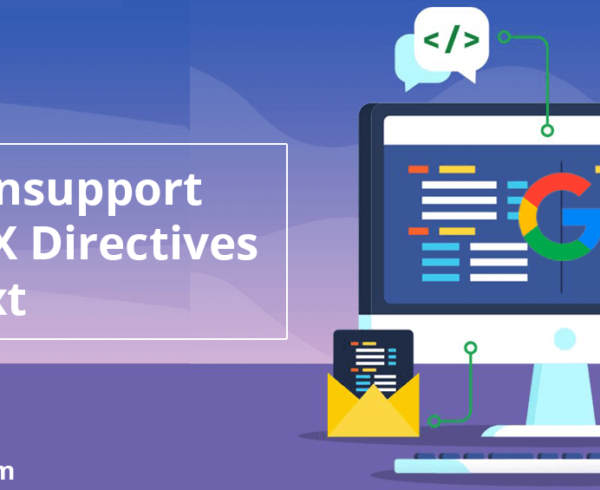



Leave a Comment